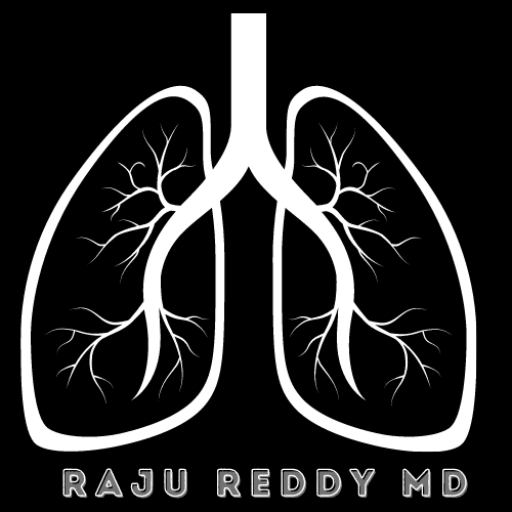Venturing to high-altitude locations can be an exhilarating experience, but it also presents unique challenges for your respiratory system. The reduction in oxygen levels at higher elevations can impact lung health. In this blog post, we’ll explore essential tips for traveling and living in thin air, ensuring your lungs adjust seamlessly to the challenges of high-altitude environments, supported by reputable sources.
Understanding High-Altitude Challenges:
- Decreased Oxygen Levels:
As you ascend to higher altitudes, the air becomes thinner, leading to lower oxygen levels. This oxygen reduction can pose challenges for individuals, especially if they ascend too rapidly without allowing their bodies to acclimatize.
- Altitude Sickness:
Altitude sickness is a common concern at higher elevations. Symptoms include headaches, nausea, dizziness, and shortness of breath. Recognizing and promptly addressing these symptoms is crucial to prevent more severe complications
Tips for Traveling and Living at High Altitudes:
- Gradual Acclimatization:
Allow your body time to adjust to higher altitudes by ascending gradually. Spend a day or two at intermediate altitudes before reaching your final destination. This helps your body acclimate to the lower oxygen levels.
- Stay Hydrated:
Proper hydration is crucial at high altitudes. The air is often dry, and increased breathing rates can lead to fluid loss. Drink abundant water to prevent dehydration, which can exacerbate altitude sickness symptoms.
- Watch Your Breathing:
Be mindful of your breathing patterns. Take slow, deep breaths to maximize oxygen intake. Avoid hyperventilating, as this can lead to respiratory alkalosis, a condition caused by decreased carbon dioxide levels.
- Limit Physical Exertion Initially:
Engage in light physical activity initially and gradually increase intensity as your body acclimatizes. Overexertion can lead to fatigue and worsen altitude sickness symptoms.
Monitoring Your Health:
- Know the Signs of Altitude Sickness:
Educate yourself about the symptoms of altitude sickness, including headache, nausea, and shortness of breath. Seek medical attention if symptoms persist or worsen.
- Consider Oxygen Supplements:
Supplemental oxygen may be crucial in severe cases or for individuals with pre-existing respiratory conditions. Portable oxygen concentrators can be a valuable tool for maintaining adequate oxygen levels.
Conclusion:
Whether you’re a mountain enthusiast or planning a visit to high-altitude destinations, taking proactive steps to maintain lung health is crucial. By understanding the challenges of thin air, acclimating gradually, and staying vigilant for altitude sickness symptoms, you can secure a smoother and more enjoyable experience in the breathtaking landscapes that high-altitude locations offer.


